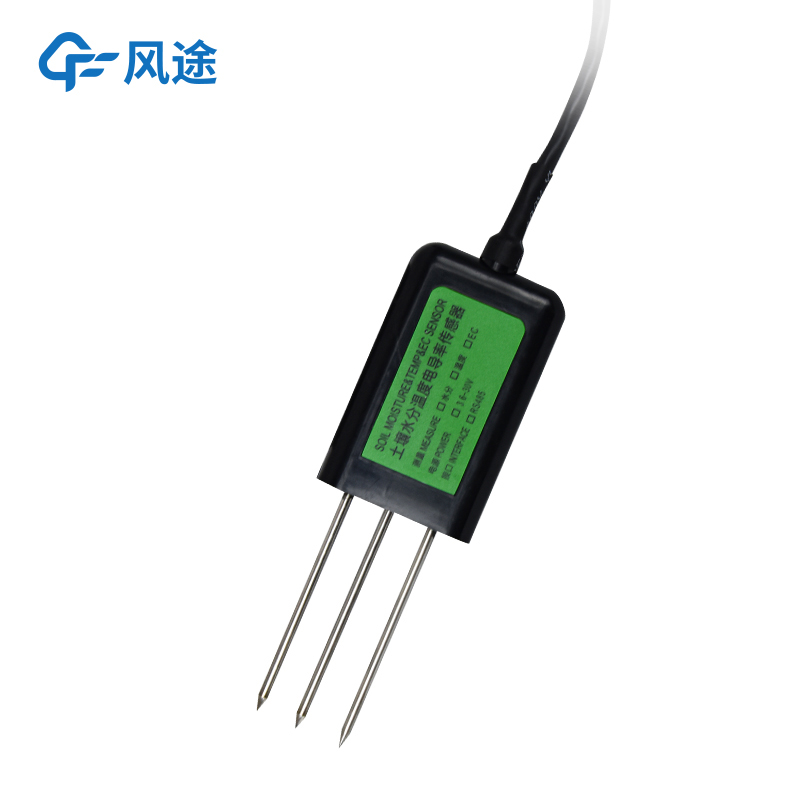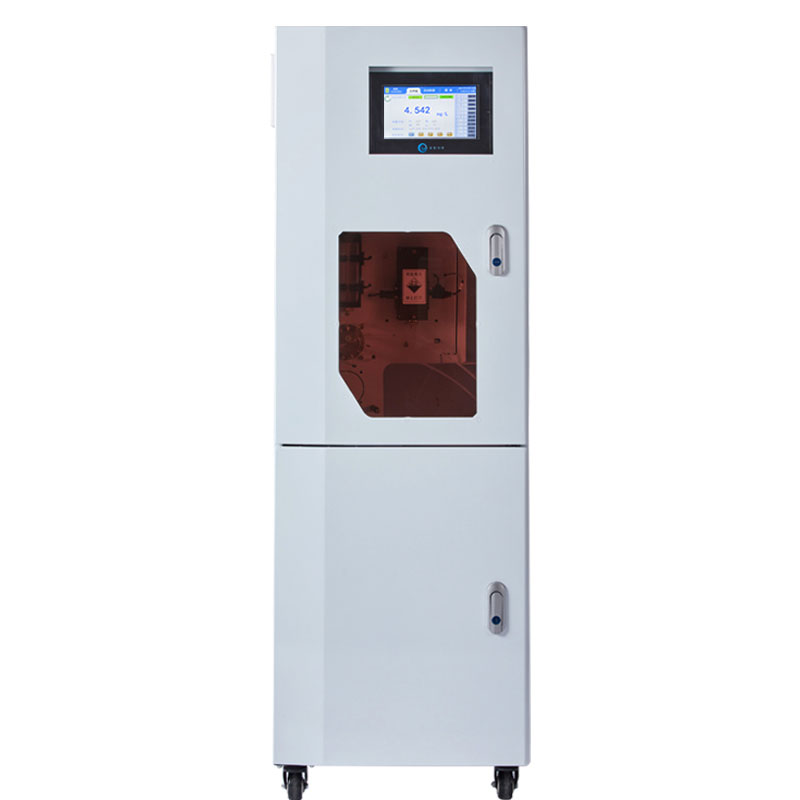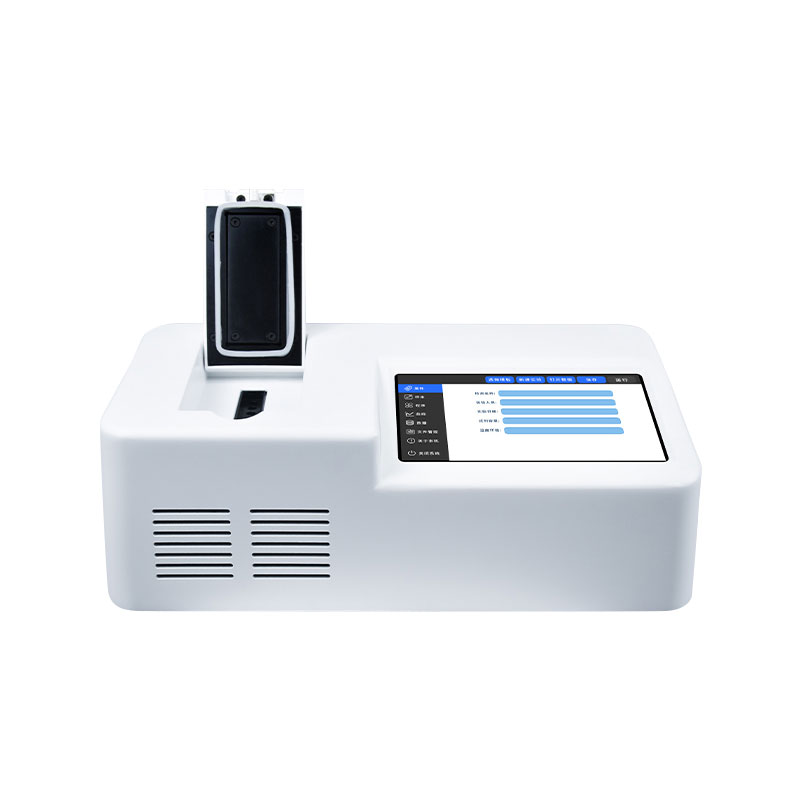Soil electrical conductivity (EC) and salt content are important indicators for measuring soil properties. Soil EC reflects the conductive ability of ions in the soil solution, expressed in millisiemens per centimeter (mS/cm) or microsiemens per centimeter (μS/cm). Soil salt content refers to the total amount of soluble salts in the soil, generally measured in grams per kilogram (g/kg) or milligrams per liter (mg/L). The two are interrelated. Within a certain range, the higher the salt content in the soil solution, the greater the EC. Therefore, measuring soil EC can indirectly reflect the approximate situation of soil salt content, so as to understand the degree of soil salinization and evaluate soil fertility.
Today, we introduce a soil sensor (model: TY485) for measuring conductivity and salt content. Based on the conductance method principle, the probe is inserted into the soil, and two electrodes are used to measure the potential difference of the soil to determine the total amount of dissolved salts in the soil, so as to obtain the soil EC and indirectly calculate the soil salt content.
EC measurement range: 0–20,000 μS/cm
Salt content measurement range: 0–12,800 mg/L
It can meet the measurement needs of most soil types.
With an RS485 communication interface, it can be easily connected to devices such as computers and data loggers to realize real-time data transmission and automatic collection, facilitating further analysis and processing of measurement data.
Soil EC and salt content sensors are widely used in agriculture, horticulture, environmental monitoring, scientific research and other fields:
In agriculture: Real-time monitoring of soil EC and salt content helps farmers accurately grasp the soil salt status, scientifically and rationally carry out irrigation, fertilization, soil improvement and other operations, avoid soil salinization caused by excessive irrigation and fertilization, and improve crop yield and quality.
In environmental monitoring: It can be used for soil pollution investigation, evaluation of saline-alkali land treatment effects, etc., providing data support for environmental protection and ecological restoration.
In scientific research: It provides convenient measurement tools for soil scientists, botanists, etc., and helps carry out research on the dynamic change law of soil salt and plant salt tolerance mechanisms.

This paper addresses:https://www.fengtusz.com/industry/769.html









